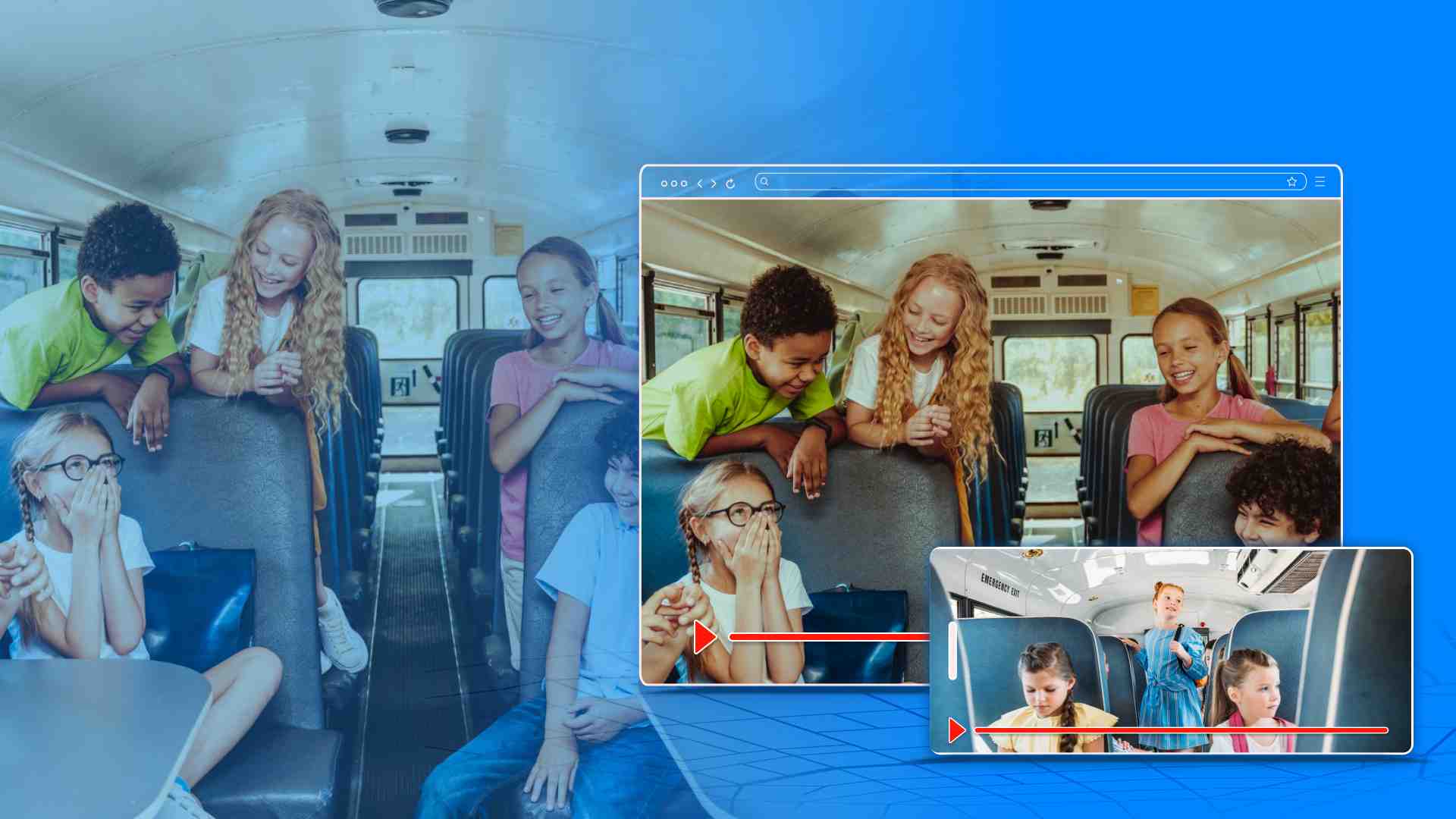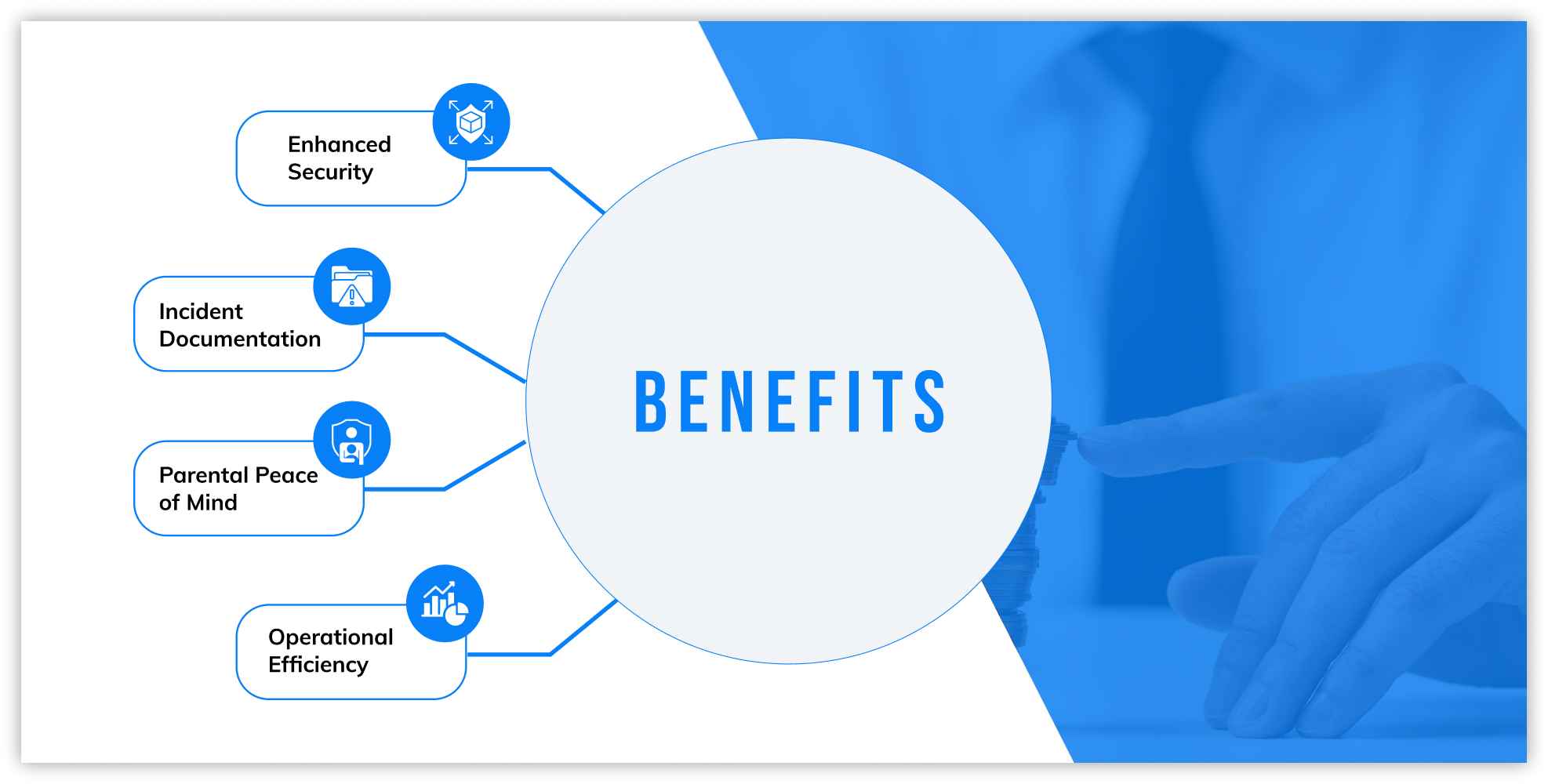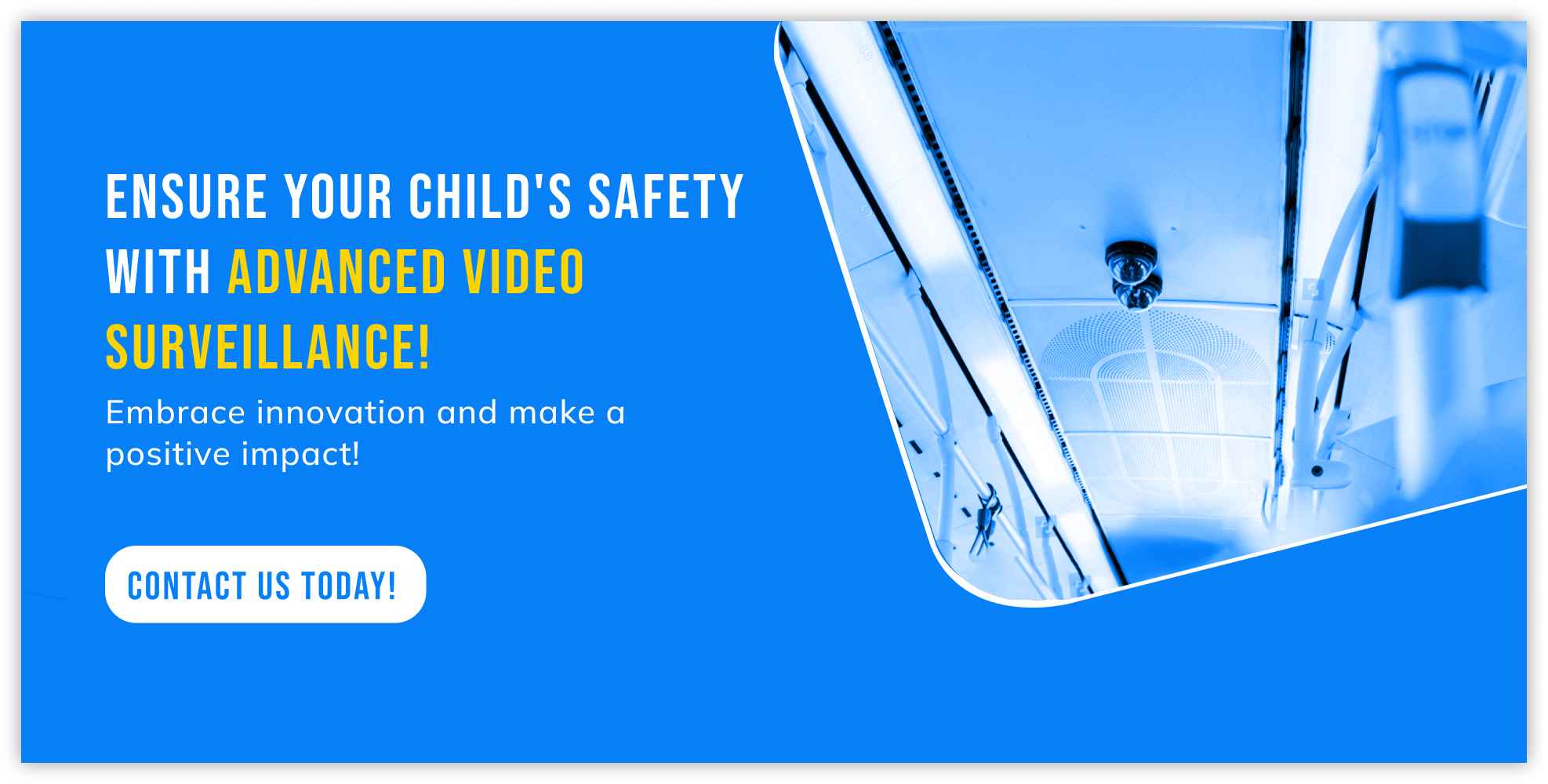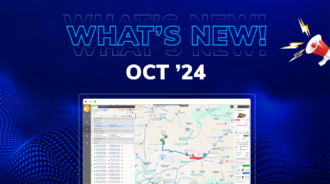How Video Surveillance Enhances School Bus Safety
Imagine a busy morning as school buses line up, ready to pick up students for their daily commute. The transport manager has always been concerned about ensuring the safety of these children, knowing that parents and school staff share the same worries. What if there was a way to monitor the journey in real-time, providing an extra layer of security? This question has led to an innovative solution that’s changing the landscape of school bus safety. Curious about how it all works? Let’s uncover the details and see why this technology is making waves in the industry.
The Rise of Video Surveillance in School Buses
With the increasing focus on student safety, schools and transportation companies are turning to advanced technologies to enhance security measures. One such technology that has proven to be highly effective is video surveillance.Moreover, installing cameras on school buses provides real-time monitoring of the bus interior, offering numerous benefits that go beyond basic safety protocols.
Video surveillance systems consist of strategically placed cameras inside the bus, capturing clear footage of every corner. This setup allows for constant monitoring of student behavior, driver actions, and any potential incidents that may occur during the journey. The recorded footage can be accessed in real-time by transport managers and school authorities, ensuring that any situation can be addressed promptly and appropriately.
Advantages of Video Surveillance
Enhanced Security:
Continuous video monitoring acts as a discourage to misbehavior, bullying, and unauthorized access. Knowing that their actions are being recorded encourages students and others to behave appropriately, fostering a safer environment. For instance, the mere presence of cameras can reduce the likelihood of theft or vandalism on the bus.
Incident Documentation:
In the event of an incident, having clear, timestamped video footage provides indisputable evidence. This helps in resolving disputes quickly and fairly. Whether it’s a behavioral issue among students or an altercation with an external party, it all gets solved through this solution. For example, if a driver is accused of improper conduct, the video footage can verify or disaprove the claims.
Parental Peace of Mind:
Parents can access live video feeds to see their children’s journey to and from school. This transparency builds trust and reassures parents that their children are safe, helping reduce worry about bus transportation. Additionally, knowing that parents can monitor the bus ride might encourage children to behave better.
Operational Efficiency:
Video surveillance can monitor driver behavior, such as following to traffic rules and bus routes. This oversight helps in identifying areas for improvement, ensuring that drivers follow best practices and schedules are maintained efficiently. For instance, if a driver frequently takes unauthorized deviations, the surveillance footage can highlight this issue for correction.
Implementing Video Surveillance: Considerations and Challenges
While the benefits of video surveillance on school buses are clear, implementing such systems requires careful planning and consideration. Schools and transportation companies must address privacy concerns, ensuring that the footage is used solely for safety and security purposes. Clear policies and guidelines should be established regarding who has access to the footage and how it is stored and handled.
Moreover, the initial investment in high-quality cameras and recording equipment can be significant. However, the long-term benefits, including enhanced safety and potential cost savings from reduced incidents, often outweigh the initial costs.
User Tips
Maximizing the Benefits:
- Regular Maintenance: To maintain peak performance, it is essential to conduct regular maintenance checks on all cameras and related equipment through school bus video surveillance. This process involves cleaning lenses, inspecting connections, and updating software to avoid technical issues. Consistent maintenance also aids in detecting and addressing potential problems before they become significant.
- Privacy Considerations: Establish and communicate clear policies regarding the use of video footage to ensure it is handled responsibly. This includes defining who has access to the footage, how long it is stored, and how it is used. This is used further to protect the privacy of students and staff. Schools should also consider informing parents and students about these policies to maintain transparency.
- Training: Provide comprehensive training for drivers and school staff on the proper use and benefits of the video surveillance system. To ensure effective and ethical use of the system, train users on its operation and benefits. Include guidance on responding to incidents captured on video, so appropriate actions are taken.
- Proactive Monitoring: Regularly review footage, not just in response to incidents, but as a proactive measure to identify and address potential issues early. This can help in spotting patterns of behavior that might need intervention before they escalate. For instance, frequent review of footage might reveal repeated instances of bullying in a specific area of the bus, prompting targeted intervention.
Conclusion
School bus video surveillance is a powerful tool in enhancing the safety and security of student transportation. By providing real-time insights and documented evidence, it ensures a safer environment for students. It additionally provides peace of mind for parents and schools. The combination of high-definition recording, night vision, cloud storage, and real-time monitoring makes this technology indispensable in modern school bus monitoring systems.







